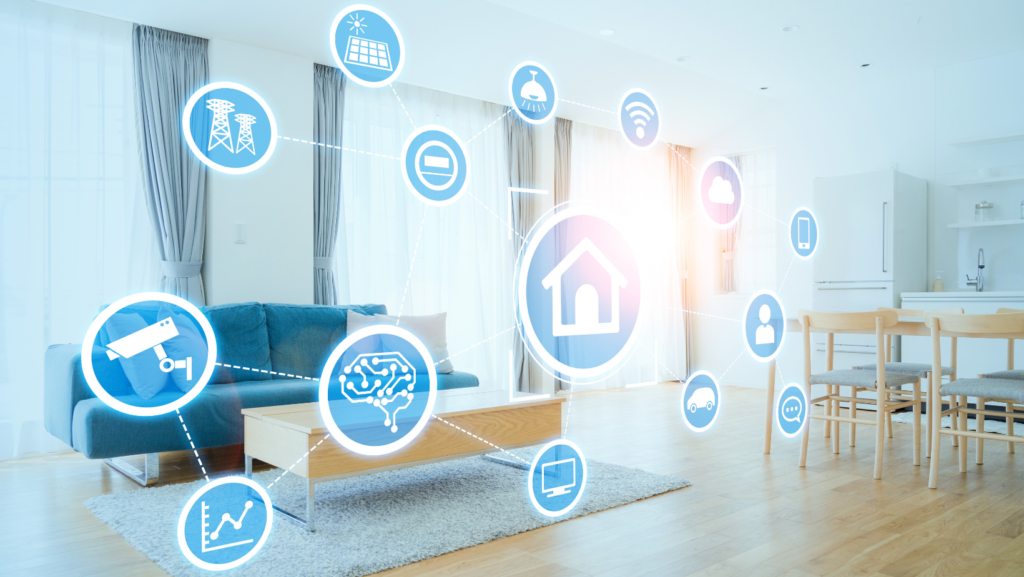Containing climate change to a 1.5-degree rise in temperatures this century requires action from everyone. And with South Africa the 12th largest emitter of greenhouse gases worldwide, it’s time for us to do more to reduce our personal carbon footprints.
This is according to Charl Osborne, organisational head at CBI-electric: low voltage who says that while the country’s high carbon profile results largely from its dependence on coal-fired electricity, consumers can also take action to reduce their impact and signal the importance of sustainability and green living. “It’s also our moral duty to do so because by reducing our own emissions we also reduce the harm to others that results from an overheating climate.”
“Most climate change interventions focus on municipal, industrial and corporate usage. While it is critical to lower emissions in these sectors, it has left consumers with comparatively few tools to reduce their own carbon footprints,” he adds. “To live by our values and protect our planet, we must be able to take control of our consumption. And this includes our electricity usage.”
Residential electricity usage in South Africa accounts for 17 percent of total grid electricity, although this rises to 35 percent of national electricity demand in peak periods. Water heating – geysers – account for a significant portion of that usage, according to the 2021 Residential Electricity Consumption in South Africa report.
“In South Africa, many people don’t consider their own electricity usage, and although load shedding is disruptive and ongoing, we see this as a problem of supply – Eskom’s generation capacity going offline – rather than a problem of demand,” he says. “As such, most people still expect energy to be available, outside of load shedding times, at the flick of a switch. We’ll turn off heaters when Eskom issues a warning, but that’s the extent of our actions.”
Managing electricity load is a critical piece of the puzzle, but it is difficult for consumers to estimate the direct environmental impact of their choices, Osborne adds. “Electricity bills, for instance, report total energy consumption, but not consumption by appliance. Additionally, most homes in South Africa have not been built with energy efficiency standards in mind and there are few opportunities to retrofit.”
That’s where smart electrical products for home automation can help to make a real impact. Smart plugs, isolators and controllers, such as the CBI Astute range, communicate exactly how much load an appliance or circuit is using in real time. “Consumers can respond immediately via a smartphone app with remote switching and schedule appliances so that they use less power. Geysers – typically one of the most energy-intensive appliances – can be put on a timing schedule. Pool pumps can be managed so that they are active while the geyser is turned off, avoiding a spike in consumption,” he explains.
Home automation, on its own, cannot guarantee lower consumption as so much depends on individual household behaviour and patterns of use. However, at least one study found that home automation was able to reduce greenhouse gas emissions by 13 percent. “By giving consumers the tools to do better, it can springboard the possibility of change.”
“Smart home automation allows people to set overall energy consumption targets for themselves and to progressively reduce our consumption,” continues Osborne. “They can switch off appliances or delay turning them on, seeing the savings in real time via smartphone apps.”
The Covid-19 pandemic has made us acutely aware of how an individual’s actions affect other people, continues Osborne. “We mask up, socially distance, and get vaccinated to reduce not only our personal risk, but also the risk of infecting others. And after almost two years in lockdown, we have a new understanding of the value of community, of working together towards shared goals, as we seek to support each other and build up our economy.”
“The challenge now is to put this community spirit to work to save our ultimate shared home – the planet. We must take up our individual responsibility to cut our own emissions and be part of the solution,” he concludes.


